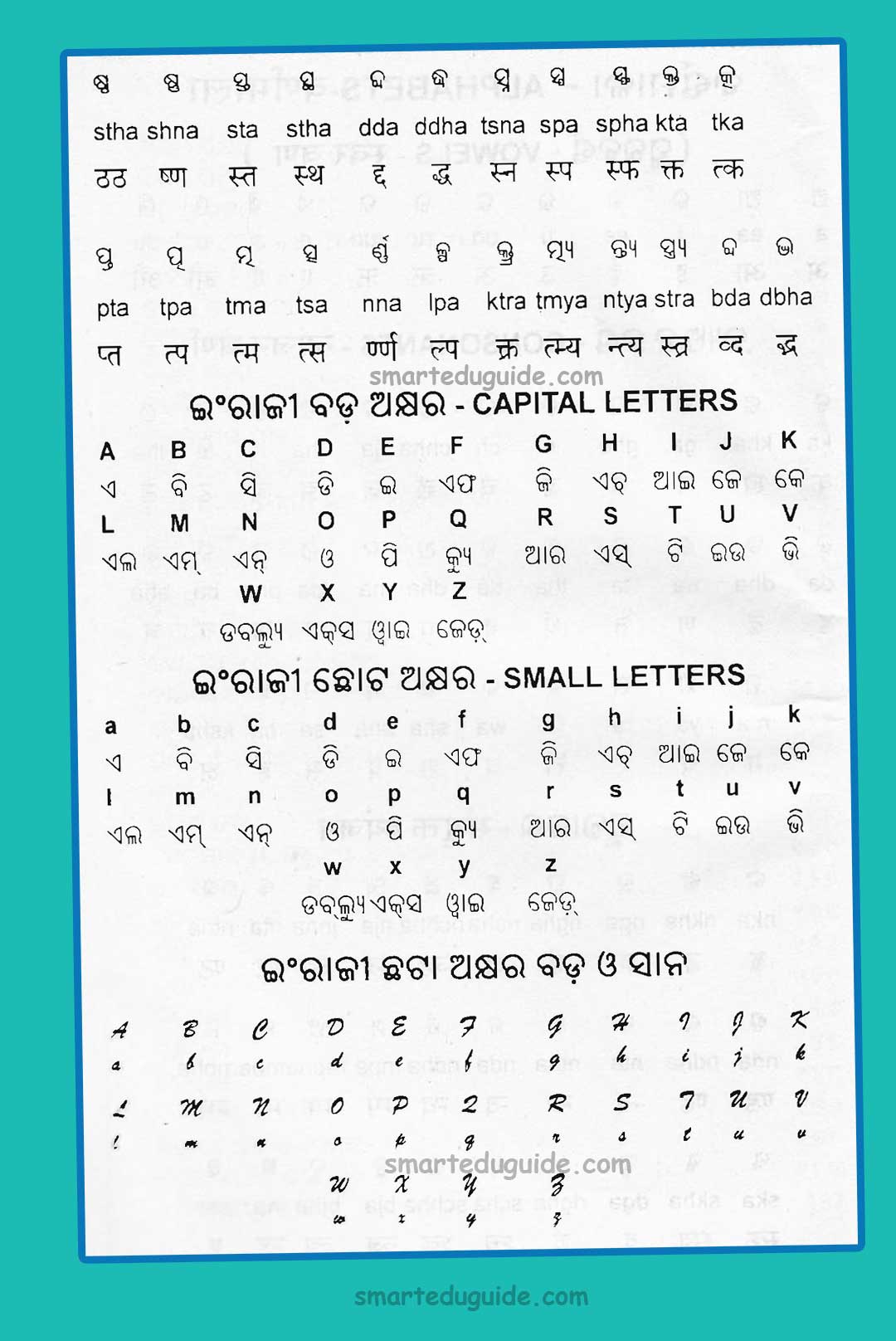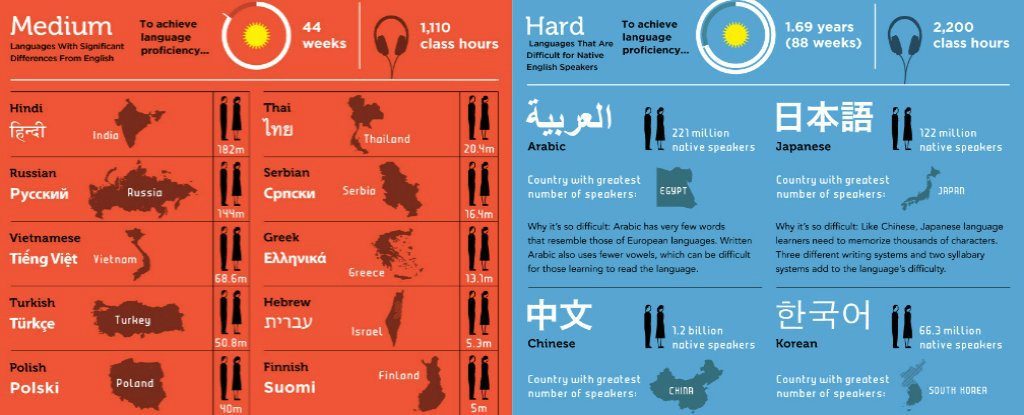Hindi is the official language of the Republic of India (projected to overtake China as the world's most populous nation by 2030) and the most widely spoken language in South Asia. It is also the language of a long literary tradition, both in modern prose and poetry, as well as pre-modern secular and devotional poetry. It is also a tremendously important language strategically in South Asia.In their basic form Hindi and Urdu are generally considered to be the same language written in two different scripts. After one year of instruction, you could go to India or Pakistan and talk about yourself, where you were born, where you grew up, what you do, your interests and your attraction to South Asia and South Asian languages. Each lesson builds on previous lessons in a systematic way to allow the absorption of vocabulary words in an organic manner, while reinforcing grammatical structures. The text is accompanied by a CD as well, and a supplementary text introduces Urdu script quickly and painlessly.
Films are also shown occasionally in class to reinforce the structures and idiomatic expressions that are being taught. It is also very closely related to the scripts employed to write Punjabi, Bengali, Gujarati, and Oriya among others. Individuals who are deaf in Pakistan communicate with one another through the Pakistani Sign Language . It is subject to the rules of linguistics, just like all other sign languages, and, like the spoken Urdu language, it has its grammar, letters and words, and gestures and complex sentences. It also has a distinct vocabulary of signs and a constantly evolving syntax, just like any other sign language system worldwide.
PSL has matured into a full-fledged language due to its evolution over time. Many people speak Urdu in South Asia, and it is the official language of Pakistan. Nastaleeq and Naskh are the most popular Urdu writing systems. It is extensively used in old Urdu literature and newspapers to write in the Nastaleeq way.
Many other ethnic languages, including Persian, Pashto, Punjabi, Baluchi, and Saraiki, also use the Nastaleeq writing style to write their texts too. It is one of the most widely spoken languages on the Indian subcontinent. Urdu is one of India's 23 official languages and one of Pakistan's two. Also, Dubai has a large population of people who speak this language.
This is a written form of Urdu derived from the Persian script, which is evolved from the Arabic script. As a practical medium of interaction for deaf people everywhere, sign languages have emerged as the backbone of individual Deaf cultures. Furthermore, a blind person can also be benefitted from this work through a text-image to speech technology. If a character in an image is automatically detected through a machine, then converting it in the sound can be life-support to blind people.
Is Urdu A Hard Language To Learn Hindi and Urdu are generally considered to be one spoken language with two different literary traditions. That means that Hindi and Urdu speakers who shop in the same markets have no problems understanding each other -- they'd both say yeh kitne kaa hay for 'How much is it? ' -- but the written form for Hindi will be यह कितने का है? And the Urdu one will be یہ کتنے کا ہے؟ Hindi is written from left to right in the Devanagari script, and is the official language of India, along with English. Urdu, on the other hand, is written from right to left in the Nastaliq script and is the national language of Pakistan. It's also one of the official languages of the Indian states of Bihar and Jammu & Kashmir.
Considered as one, these tongues constitute the second most spoken language in the world, sometimes called Hindustani. In their daily lives, Hindi and Urdu speakers communicate in their 'different' languages without major problems. Both Hindi and Urdu developed from Classical Sanskrit, which appeared in the Indus Valley at about the start of the Common Era. The first old Hindi poetry was written in the year 769 AD, and by the European Middle Ages it became known as 'Hindvi'. Muslim Turks invaded the Punjab in 1027 and took control of Delhi in 1193.
They paved the way for the Islamic Mughal Empire, which ruled northern India from the 16th century until it was defeated by the British Raj in the mid-19th century. It was at this time that the language of this book began to take form, a mixture of Hindvi grammar with Arabic, Persian and Turkish vocabulary. The Muslim speakers of Hindvi began to write in the Arabic script, creating Urdu, while the Hindu population incorporated the new words but continued to write in Devanagari script.
When a person cannot hear, they are deaf, making communicating with others extremely difficult. More than 5% of the global population, including adults and children, is deaf, and around 10 million Pakistanis are deaf. Another impairment is muteness, which occurs when an individual cannot talk or communicate correctly. People like this have a very distinct manner of connecting with the rest of the world.
Through "Sign Language", they communicate their feelings and thoughts to the rest of the world. This literature review summarized 20 screened studies included after the detailed screening. It is also concluded that SVM and Neural Network are the most common classifiers.
The first identified gap is the lack of publically available datasets and, most specifically, datasets with images of signs of Urdu characters and not the actual characters. The second identified gap is that the authors can use unsupervised machine learning classifiers because this is an untouched territory, and a tremendous amount of work can be done here. Humans communicate with one another using language systems such as written words or body language , hand motions, head gestures, facial expressions, lip motion, and many more. Comprehending sign language is just as crucial as learning a natural language. Sign language is the primary mode of communication for those who have a deaf or mute impairment or are disabled. Without a translator, people with auditory difficulties have difficulty speaking with other individuals.
Studies in automatic recognition of sign language identification utilizing machine learning techniques have recently shown exceptional success and made significant progress. The primary objective of this research is to conduct a literature review on all the work completed on the recognition of Urdu Sign Language through machine learning classifiers to date. Urdu language basically originates with the coming of Muslim invader in sind. Urdu language is the mixture of Arabic, hindi,Persian, and Turkish. Urdu is not a simple language .it is more difficult than English and German but not from Chinese. But with the practice ,debate, discussions and sharing of ideas will help in the progress of learning urdu language.
Hindi is the official language of the Republic of India and the most widely spoken language in South Asia. Urdu is the national language of Pakistan, one of the official languages of India, and a tremendously important strategic language in South Asia. With a common vocabulary and grammar, in their basic form, Hindi and Urdu are generally considered to be the same language written in two different scripts. Urdu, which was often referred to by the British administrators in India as the Hindustani language, was promoted in colonial India by British policies to counter the previous emphasis on Persian. Urdu replaced Persian as the official language of India in 1837 and was made co-official, along with English.
Everything in our world is imperfect, and there is no place for idealism, and many scientific data and figures demonstrate this. We describe them as impaired since they are distinct, but in truth, they are unique and have particular requirements. It is estimated that over 72 million people worldwide have hearing impairment difficulties, with approximately 10 million people in Pakistan being deaf, as per the International Federation of the Deaf. There is no all-encompassing international system that provides a comprehensive manner for deaf people to talk with one another worldwide. Since the beginning of time, visual communication has conveyed information.
Generally, various new types of sign languages are being used worldwide. A sign language is a way of communication that, instead of using sonically transmissible sound patterns, uses visually transmis smoothly. Even if you are not fluent in sign language, you have almost certainly come into contact with it, either through witnessing it in action or through using a translator at a seminar or a performance. There is still more sign language than strikes the eye, and several dialects other than American Sign Language are used for sign language communication. It is estimated that around 60 sign languages are recognized and utilized worldwide . It is more than just a translation of English into hand gestures; it has grammar and pronunciation norms and can handle varied ethnicities and accents .
Spoken by nearly 170 million people in South Asia and the South Asian diaspora, Urdu is written in an alphabet derived from Arabic. When Azeemi sat down to write his letter to Cook, nastaʿlīq was almost nowhere to be found online. To communicate in Urdu, you either had to type in naskh or spell words phonetically in Latin script. It's easy to feel dispirited when you set out to study Urdu and discover that it's not on Duolingo, Rosetta Stone, or many of the other major language-learning platforms. Yet there's a surprisingly wide range of ways to learn this beautiful language. So, try out some of these apps and courses, start practicing your writing, and get ready to finally speak and write Urdu.
Some who are from a non-Urdu background now can read and write only Urdu. With such a large number of people speaking Urdu, the language has acquired a peculiar Pakistani flavour further distinguishing it from the Urdu spoken by native speakers, resulting in more diversity within the language. Conditions to add published articles Conditions to eliminate published articles Research articles that use Urdu sign language as a language for detection Research articles that do not use Urdu sign language for detection. Research articles that use machine learning classifiers as a problem solution. Research articles that do not use machine learning classifiers as a problem solution Research articles that report quantitative outcomes of machine learning. Research articles that do not report quantitative outcomes of machine learning.
Research articles that only uses gesture-based, character bases, or EMG signal-based as a dataset to recognize Urdu Sign Language. Research articles that do not use either gesture- based, character-based, or EMG signal-based as a dataset to recognize Urdu Sign Language. Research articles that are written in the English language Research articles that do not write in the English language. Research articles that are published in Journals or conference proceedings.
Research articles that are published in either Journals or conference proceedings. Urdu is the national language of Pakistan and an official language of the six states in North India with significant Muslim populations. Both Urdu and Hindi are standard registers of the Hindustani language. Before the Partition of India, the terms Hindustani, Urdu, and Hindi were synonymous. Today, though mutually intelligible, they differ in their technical and literary vocabularies with Urdu influenced heavily by Persian and Arabic and Hindi by Sanskrit. Traditional language lessons can be boring, dull and no fun at all.
That is why we've made the learning process fun by using puzzles, games, challenges and quizzes to teach you how to read, write and speak in Urdu. Ling uses native Urdu speakers to help you perfect your pronunciation. We have also made sure to give Ling users the best value possible, offering over 50 languages from just one app.
You can even try out the Ling language learning app for free and see if it is right for you. Mutual intelligibility decreases in literary and specialised contexts that rely on academic or technical vocabulary. In a longer conversation, differences in formal vocabulary and pronunciation of some Urdu phonemes are noticeable, though many native Hindi speakers also pronounce these phonemes. At a phonological level, speakers of both languages are frequently aware of the Perso-Arabic or Sanskrit origins of their word choice, which affects the pronunciation of those words.
Urdu speakers will often insert vowels to break up consonant clusters found in words of Sanskritic origin, but will pronounce them correctly in Arabic and Persian loanwords. As a result of religious nationalism since the partition of British India and continued communal tensions, native speakers of both Hindi and Urdu frequently assert that they are distinct languages. Even though various SLR methods for identifying continuous phrases have been created, the detection accuracy has only achieved up to 90% for short dictionaries. The epenthesis motion occurs among adjacent signs in endless sign sentences. Previous studies have not specified if these are directly modeled, indirectly constructed, or just ignored.
The action base will be expanded if transition movements are additionally simulated with the signs. Transition motions may be misclassified as signs unless they are modeled or ignored. The current recognition system recognizes a vast vocabulary simply utilizing sensor-based equipment, depending on the state-of-the-art sign language recognition. The classification performance is valid for the confined test situation, and many systems are signer-dependent. There isn't much information about heftiness in real-time applications of SLR systems. However, many people have wondered why there isn't a universal sign language for those who sign.
This may be analogous to asking why there isn't a universally accepted spoken language spoken all over the globe . Our research found that there is only one publicly-available USL sign-based dataset with pictures versus many character-, number-, or sentence-based publicly available datasets. It was also concluded that besides SVM and Neural Network, no unique classifier is used more than once. Additionally, no researcher opted for an unsupervised machine learning classifier for detection.
To the best of our knowledge, this is the first literature review conducted on machine learning approaches applied to Urdu sign language. The Urdu language is an Indo-Aryan language with about 230 million speakers, most of whom are in Pakistan. It is the national language of Pakistan and one of the official languages of India. The Urdu Language has a rich history, and it's an important part of the culture in both countries. No region in Pakistan uses Urdu as its mother tongue, though it is spoken as the first language of Muslim migrants in Pakistan who left India after independence in 1947. Other communities, most notably the Punjabi elite of Pakistan, have adopted Urdu as a mother tongue and identify with both an Urdu speaker as well as Punjabi identity.
Urdu was chosen as a symbol of unity for the new state of Pakistan in 1947, because it had already served as a lingua franca among Muslims in north and northwest British India. It is written, spoken and used in all provinces/territories of Pakistan, and together with English as the main languages of instruction, although the people from differing provinces may have different native languages. He says that by the number of people, who 'speak' Urdu, Urdu is ranked third amongst the languages of the world after English and Chinese.
He admits that Unesco has dubbed it as "Hindustani", which includes both Urdu and Hindi, but if Urdu and Hindi are put together, Urdu or Hindustani would be world's second largest language by the number of speakers. Urdu is at first, and for a while, scary, nay frightening for an adult learner. Not being brought up learning, reading or writing this language, it poses many challenges, not the least of which is the fact that it is written right to left. Urdu has been called one of the most beautiful and sophisticated languages spoken around the world. Today, there are over 170 million native speakers of Urdu in India and Pakistan alone and taken by itself, Urdu is the 20th most populous native language spoken around the world. Dataset of Pakistan sign language and automatic recognition of hand configuration of urdu alphabet through machine learning.
This literature review comprised 20 research articles that fulfilled the eligibility requirements. Only those articles were chosen for additional full-text screening that follows eligibility requirements for peer-reviewed and research articles and studies issued in credible journals and conference proceedings until July 2021. After other screenings, only studies based on Urdu Sign language were included. The results of this screening are divided into two parts; a summary of all the datasets available on Urdu Sign Language.
A summary of all the machine learning techniques for recognizing Urdu Sign Language. Ling is designed to make language learning as easy, fun, and accessible as possible. Using a variety of mini games and interactive learning techniques, you'll be able to immerse yourself in the Urdu language using just your smartphone. Whether you're a complete beginner and want to learn the basics of the language, or you're already fluent and want to learn advanced vocabulary or brush up on your knowledge, our Ling Urdu app is able to help. It is no secret that we think language learning apps like Ling are a great way to bolster your learning experience.
Smartphones are nearly always at hand, so when you have a few free minutes waiting at the bus stop or while laying in bed. These are great opportunities to practice some vocabulary or try out some of the lessons. Adding to this, they are also able to test your ability to speak, write and understand text. While these apps likely should not be the only method you use, they are a great tool for improving your ability a little bit at a time. Urdu comes from the Indo-European family of languages with very strong links to the Hindi language, to the point that they are largely mutually intelligible.






















